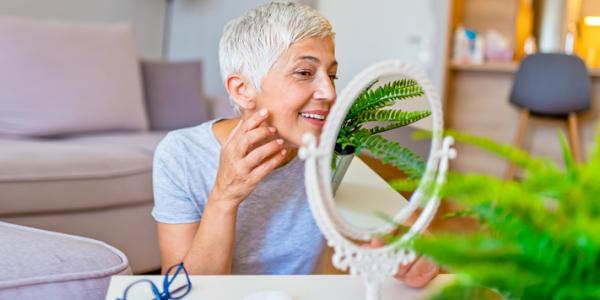


We often associate acne with teenagers, but it can impact everyone — from infants to full-grown adults, even after menopause. Acne can appear anywhere on our bodies, but especially on the face. But why might it be more prevalent on your forehead rather than your chin? Or on your cheeks rather than your forehead?
When new patches of pimples show up on our faces, understanding the cause is generally a priority. From diet to hormones, there are a lot of reasons as to where and how acne appears. Here's a breakdown of acne placement on the face and what it might be telling you:
Once you figure out why acne is showing up in a particular region, don't count on a one-size-fits-all solution. If you experience chronic problems and over-the-counter treatments don't seem to work, turn to a dermatologist or your primary care doctor for additional help.
Develop a healthy skincare routine, not only for your face, but for your entire body. Moisturize well and remember that what you put inside your body can certainly affect your skin. Some general and helpful skincare tips include:
Because everyone has a different skin type, one of the best approaches is to try skin care products in moderation. But if you encounter bad side effects, or continually struggle with acne even in your adult years, reach out to a trusted doctor to start a treatment plan.
This article first appeared in the November 2021 edition of the HealthPerks newsletter.

Identify your risk factors and what to do if you are at risk.